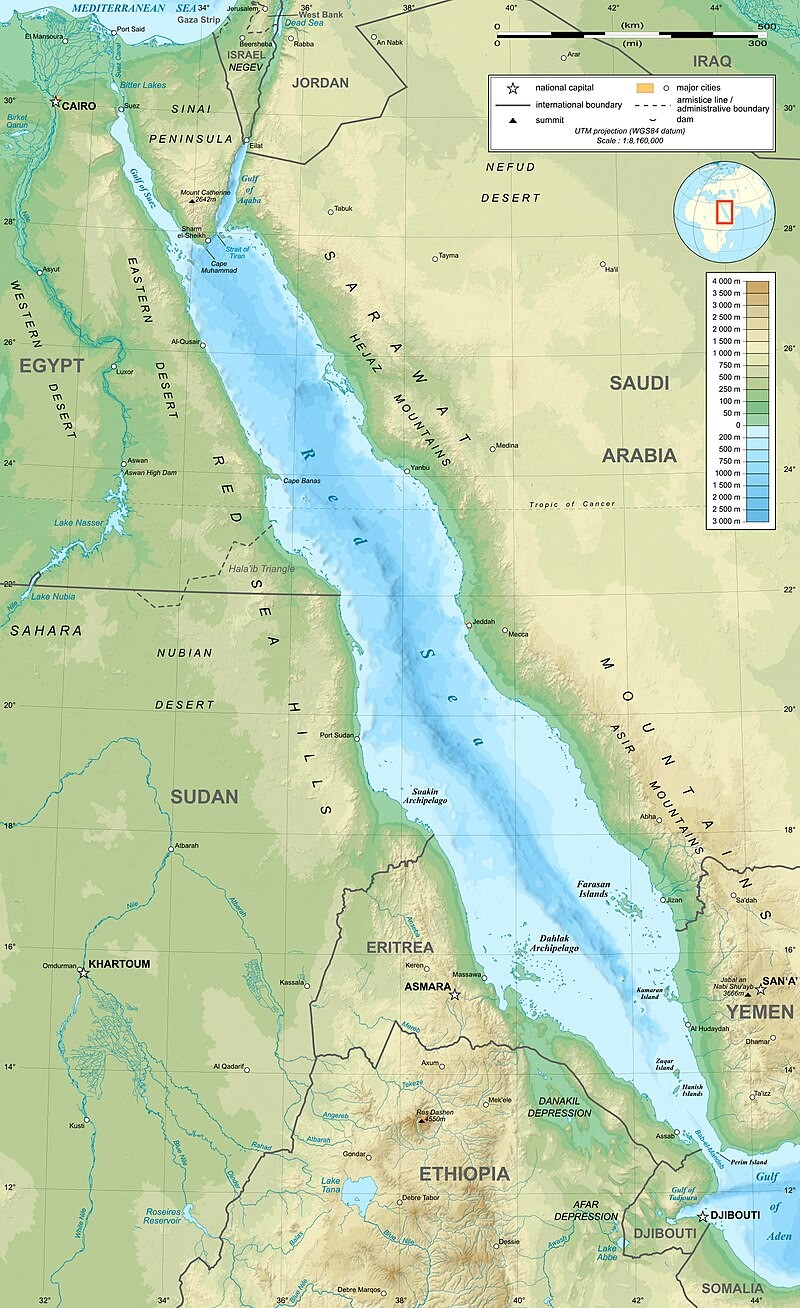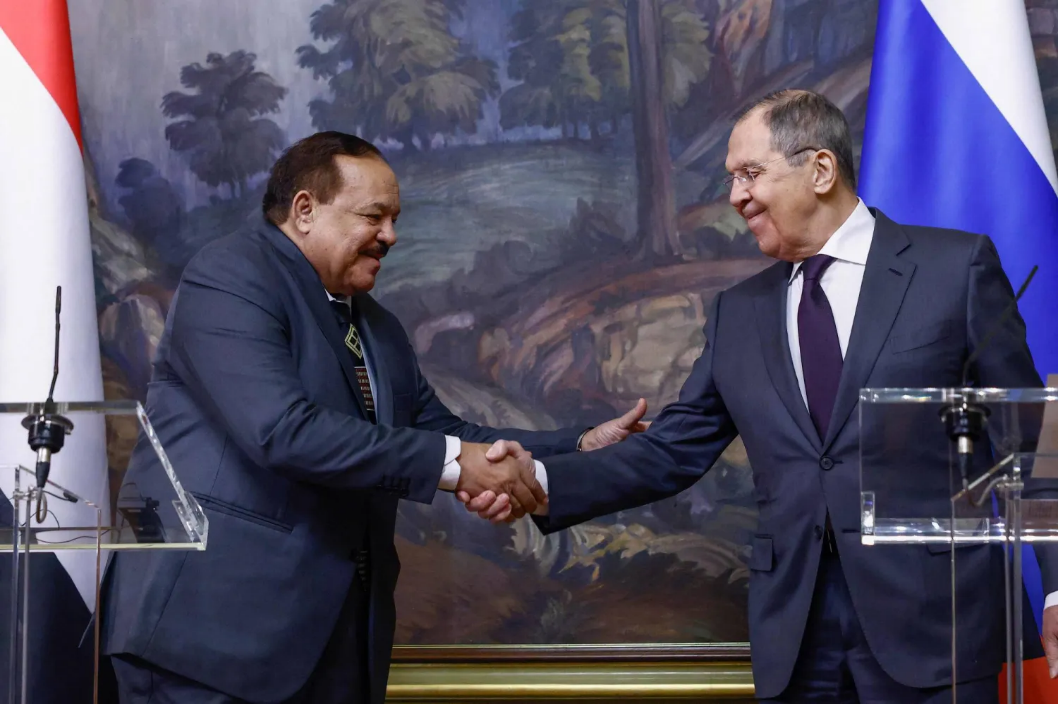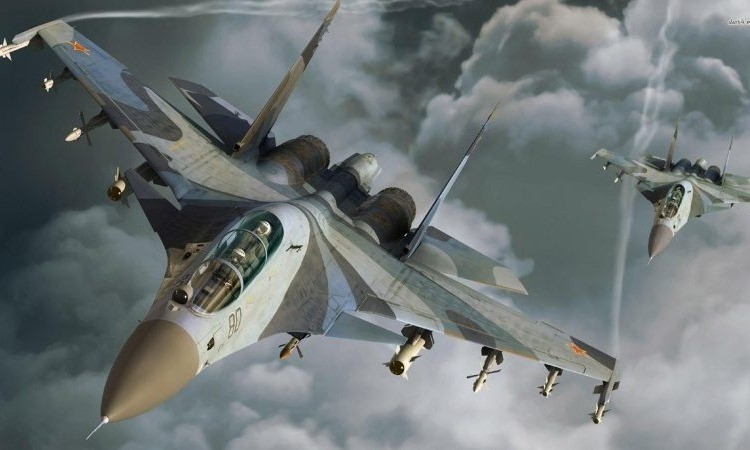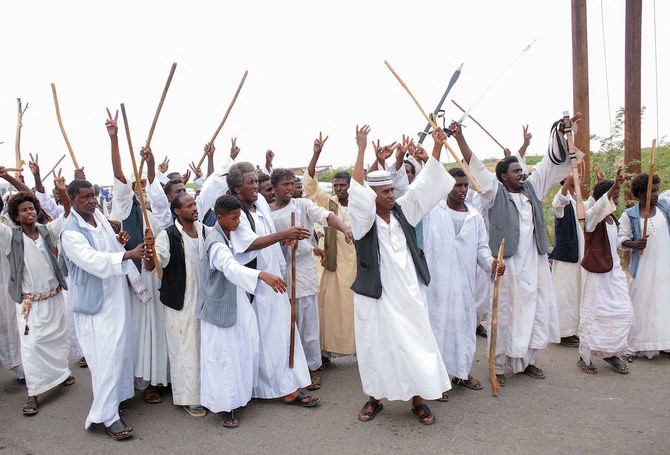Andrew McGregor
Terrorism Monitor 23(1), Jamestown Foundation, Washington DC
March 25, 2025
Executive Summary:
- Islamic State (IS) militants conducted a well-planned strike in Oman on a Shi’ite mosque on July 15, 2024. While early reports focused on the attack’s potential goal of inciting sectarian violence, it is more likely to have been meant as a warning to Muscat to cease diplomatic activities involving regional governments, Shi’ite groups, and/or the West.
- Oman’s peace with regard to jihadism is deep-rooted in local Ibadi Muslim traditions. Muscat’s tolerance has enabled it to serve as a diplomatic hub, facilitating negotiations between the United States and Iran as well as Saudi Arabia and the Houthi rebels in Yemen.
Islamic State (IS) militants struck a Shi’ite mosque in Oman on July 15, 2024, scything down dozens of worshipers while hundreds of others stampeded in a desperate effort to evade an unexpected hail of bullets (see Terrorism Monitor, August 21, 2024). The attack on Muscat’s ‘Ali bin Abi Talib mosque puzzled many observers of the Middle East, as sectarian violence is nearly unknown in Oman, where most citizens, rather than being Sunni or Shi’ite, follow the relatively little-known and non-aggressive Ibadi school of Islam.
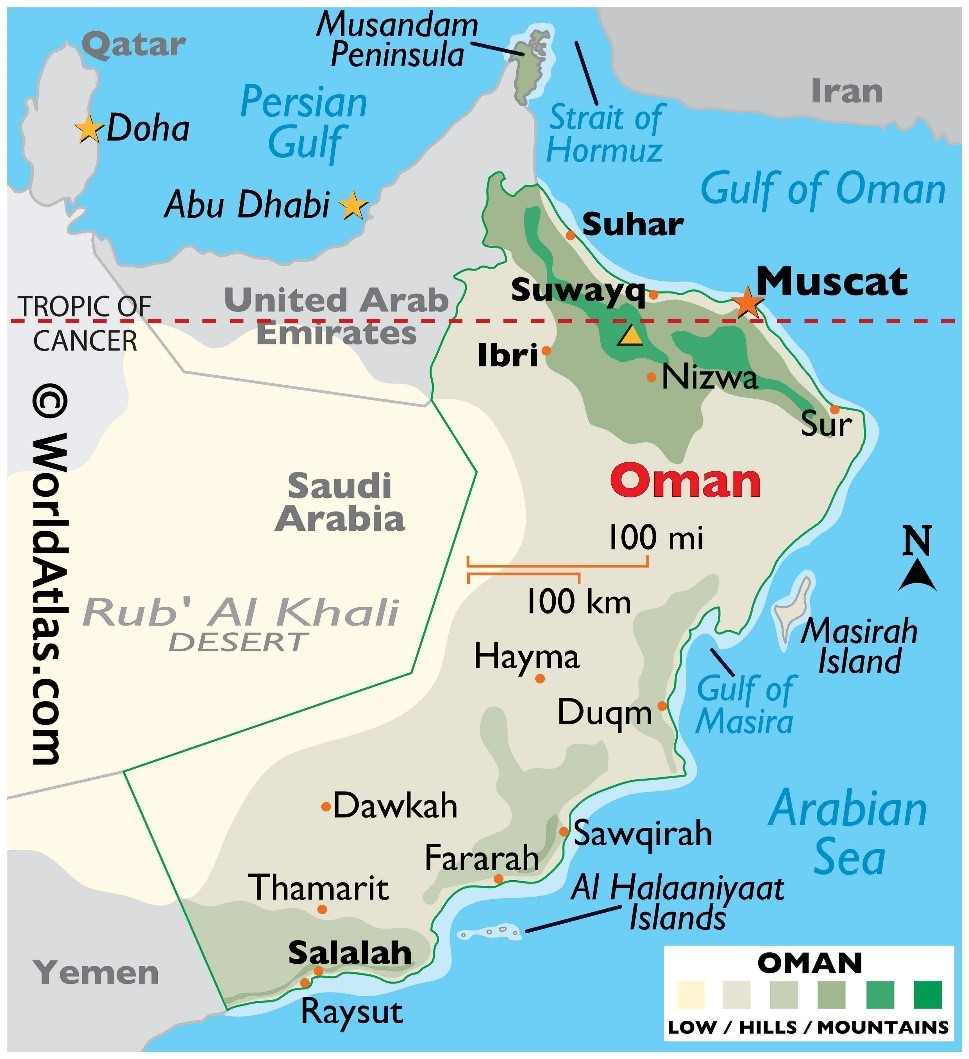 The Shi’ite mosque, on the fringe of Muscat, the Omani capital, has a mainly Pakistani congregation. Oman is a nation of four million people, of whom 40 percent are expatriate workers, mostly from South Asia. Though 400,000 of these are Pakistanis, Pakistan’s ambassador to Oman declared the attack was not “a Pakistan-targeted operation” (Times of Oman, July 17, 2024).
The Shi’ite mosque, on the fringe of Muscat, the Omani capital, has a mainly Pakistani congregation. Oman is a nation of four million people, of whom 40 percent are expatriate workers, mostly from South Asia. Though 400,000 of these are Pakistanis, Pakistan’s ambassador to Oman declared the attack was not “a Pakistan-targeted operation” (Times of Oman, July 17, 2024).
When the shooting began in the evening, nearly 500 people were assembled in the courtyard. Most worshipers were able to rush inside the mosque before a policeman gave his life closing the doors. Five other people were killed, including four Pakistanis and one Indian national. At least three of the dead died trying to shield children from the gunfire with their bodies (The National [Abu Dhabi], July 23, 2024). Some 30 were wounded, including emergency services personnel (Muscat Daily, July 16, 2024).
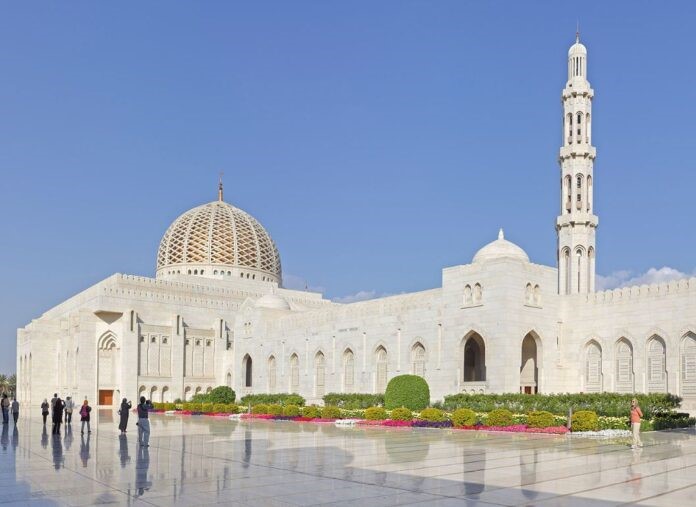 ‘Ali bin Abi Talib Mosque in Muscat (Agenzia Nova)
‘Ali bin Abi Talib Mosque in Muscat (Agenzia Nova)
Many survivors credited the action of the Royal Oman Police in preventing a massacre: “If not for the counter-firing by security officials stationed around the mosque, the tragedy would have been unimaginable” (Times of Oman, July 16, 2024). Most of the mosque attendees had been rescued by 2:15 AM, but a firefight between the attackers and security services continued well into the morning.
IS timed the attack to occur on Ashura, the Shi’ite day of mourning for Husayn bin ‘Ali. He was the grandson of Muhammad who refused to recognize the Umayyad succession to the Caliphate in the seventh century and was consequently killed at the Battle of Karbala. Hatred of the Shi’a was likely only a means of inciting the attackers as a geopolitical strategy was unlikely to inspire the kind of fanaticism necessary to slaughter innocents. The timing of the attack thus inflicted religious insult while provoking a maximum emotional impact on the targeted worshipers.
Islamic State’s Attackers in Oman
On July 18, 2024, IS released a three-minute video through its Amaq news agency of the three self-styled “soldiers of the Islamic State” who carried out the attack. The three native Omani brothers were, according to the Royal Oman Police, “influenced by others and had misguided ideas” (Times of Oman, July 18, 2024; Al-Watan [Muscat], July 18, 2024). The brothers are likely to have had ties to the Islamic State in Yemen Province (ISYP), whose homeland in Yemen borders Oman.
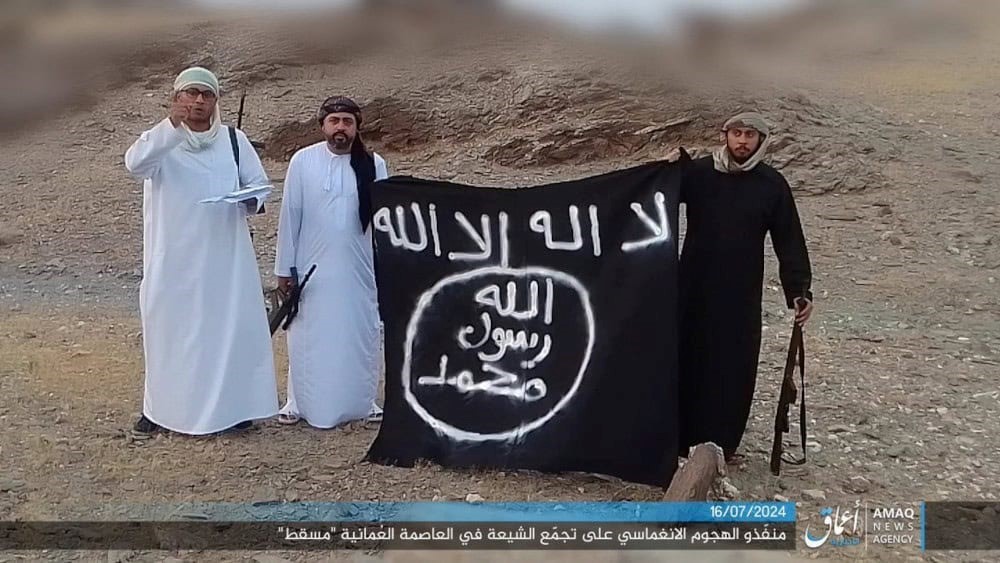 The Islamic State Attackers (Amaq)
The Islamic State Attackers (Amaq)
The video was filmed outdoors in front of an apparently homemade, spray-painted IS black flag. After calling on young Arab Muslims to combat “apostates” and “tyrants,” the speaker declared their attack would avenge both Sunni jihadists held in various Shi’a prisons and the reputation of Aisha, who is “the mother of believers” and the Prophet Muhammad’s third wife. [1]
The Omani perpetrators, who were likely Salafist Sunnis, made reference to Ibadism as a sectarian form of Islam in their video. Sunni militants condemn the Shi’a as rawafidh (“rejectionists,” i.e., of the first three caliphs, the successors of Muhammad). Most of the Sunni Muslims of southern Oman belong to the moderate Shafi’i madhab (school of Islamic jurisprudence), considered to be relatively infertile ground for religious extremism. Aside from their evident loathing for Oman’s long-accepted Shi’ite community, the attackers have thus also demonstrated an intolerance uncommon to Oman’s dominant Sunni faith.
Given the bloodshed in Gaza, the gunmen further explained that jihad did not need to only target Jews on behalf of “Palestine,” but must also strike at “polytheists” (a derogatory Salafist term for Shi’ites). The video concluded with the militants pledging allegiance to Abu Hafs al-Hashimi al-Qurashi, the fifth caliph (since August 2023) of IS’s so-called Islamic caliphate.
 Islamic State “Caliph” Abu Hafs al-Hashimi al-Quraishi
Islamic State “Caliph” Abu Hafs al-Hashimi al-Quraishi
The attack showed a significant degree of planning, with the assailants taking positions behind floodlights on the roof of a neighboring building. This provided a full view of their targets while preventing a precise location of their shifting positions. Chanting “You non-believers, this is your end,” they engaged Omani police and soldiers for ten hours before their deaths (The National [Abu Dhabi], July 17, 2024).
Background to Tolerance
The empire-building Portuguese arrived in Oman in 1507, unleashing seamen recruited from the prisons of Lisbon on Muscat and other ports. Using extreme brutality to make up for inferior numbers, the Portuguese burned the mosques and mutilated or killed those Arabs who resisted. [2] However, under nearly 150 years of Portuguese rule, Oman became a regional trading center, attracting migration from India, Iran, and other points. In this way, Oman emerged as a multi-faith, multi-ethnic, and multi-cultural bastion once the despised Portuguese were run out by the Ibadi Imams with Dutch and British naval assistance.
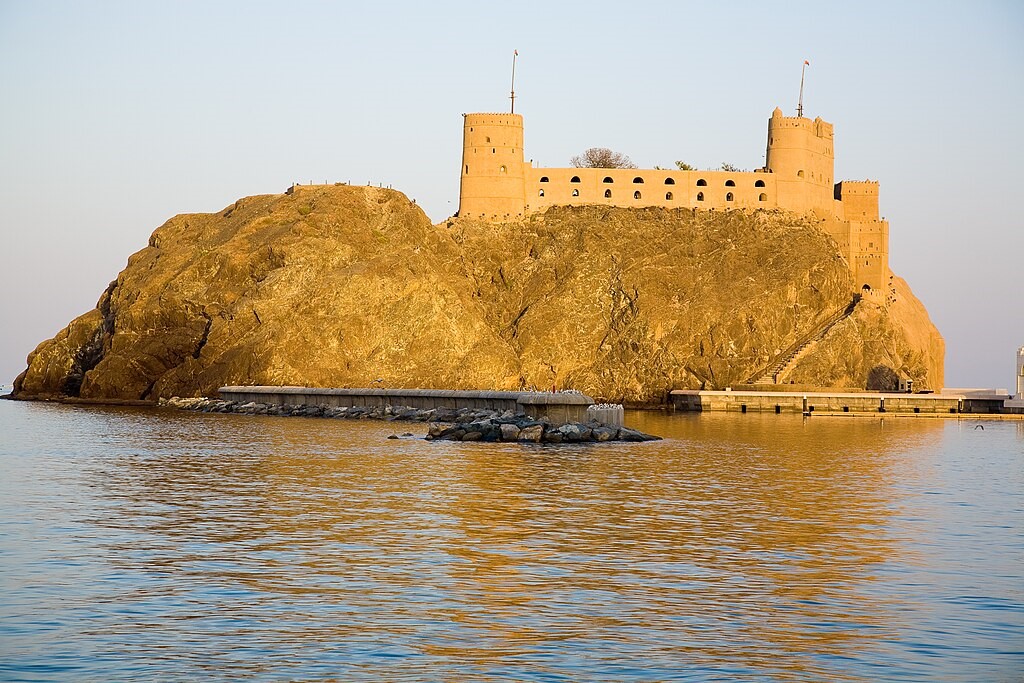 “Al-Jalali,” Portuguese Fort, Muscat (Andries Oudshoorn)
“Al-Jalali,” Portuguese Fort, Muscat (Andries Oudshoorn)
Oman’s commanding position on the Strait of Hormuz, the Gulf of Oman, and the Arabian Sea, with the latter’s connections to the Indian Ocean, has provided historical ties through seafaring traders and merchants to many parts of Asia, east Africa, and the Middle East. The result is that, despite its isolationist reputation, Oman is home to a variety of languages, ethnicities, and faiths, including Islam and Hinduism. Oman’s majority Muslim population is roughly split between Ibadis and Sunnis, with the Shi’a forming a smaller community representing some 5 percent of the population.
This exposure to other cultures and intellectual trends, combined with the moderate nature of Ibadi Islam, created in Oman a tolerant and diverse society that has largely escaped the religious and ethnic fissures that have so troubled its neighbors in recent decades.
Who Are the Ibadis?
The Ibadis are believed to be an offshoot of the early Islamic Kharijite movement, which fought a long war against Muslim rulers they accused of violating Islamic law. A focus on asceticism and egalitarianism brought many followers to the Kharijite ranks from the nomadic Bedouin and the mawali, who are non-Arab converts to Islam (including many Berbers). In 692, ‘Abd Allah bin Ibad created a more moderate but socially conservative breakaway version of the inflexible Khawarij movement that was prepared to live in harmony with other Muslims. This movement came to be known as Ibadism after its founder.
Oman’s Ibadi Muslims generally do not pursue the spread of their madhab. For example, during the long period of direct Omani rule over Zanzibar (1698–1861), little if any effort was made to convert East Africans to Ibadi Islam. [3] Ibadis do not seek the establishment of a global caliphate nor the territorial expansion of Islam.
Outside of Oman, Ibadis are found in smaller numbers in the Tunisian island of Djerba, in the Berber community of Libya’s Nafusa Mountains, and in the Berber Mzab Valley region of Algeria, where the Ibadis played a major role in facilitating the trans-Saharan African slave trade. The Omanis also had a long presence in Zanzibar and East Africa as merchants and slave traders, creating over the years a new class of Afro–Omanis whose most prominent member was the slaver and explorer Tippu Tib (1837–1905).
The Omani Reaction
Expressing his shock that Omanis carried out the attack in IS’s name, Oman’s Grand Mufti, Sheikh Ahmad bin Hamad al-Khalili, insisted that: “The norm in this good country is that Omani education rejects, by nature, any aggression against a citizen or expatriate due to an intellectual or sectarian disagreement” (IQNA [Tehran], July 19, 2024).
In contrast, one leading Omani commentator suggested responsibility for the attack lay with the United States, claiming that IS was created and directed in Washington, D.C. (Oman Daily, July 21). [4] Suspicion of American and Israeli direction of IS is common in the Middle East, especially due to IS’s focus on attacking fellow Muslims and its reluctance or inability to target Israel or Israeli interests. In Oman, a familiar but bitter joke made the rounds after the mosque massacre: Q. “When will Islamic State attack the Israelis?” A. “As soon as they convert to Islam.”
Another Omani commentator warned of the complacency created by popular belief in an “imagined Omani… tolerant, peaceful, innocent, a silent citizen…” a vision that ignores Omani society’s “many molds related to religious and political beliefs, ideas, and visions” (Oman Daily, July 22, 2024). Others, meanwhile, questioned why individuals “who have received qualitative education, hold high-level academic degrees from prestigious universities and hold lucrative jobs slip into such dangerous pitfalls” (Oman Daily, July 21, 2024). Only a handful of Omanis are known to have participated in jihadist movements since the 1990s.
The Jihadist Response
An editorial published in IS’s official magazine al-Naba condemned Oman for its good relations with Iran and called for the states of the Arabian Peninsula to expel all Shi’a to end their “cancerous infiltration.” The editorial further accused Oman’s “apostate” government of “throwing open the doors” of Oman to the Shi’a, despite their centuries-long presence there. [5] Al-Naba further accused Oman’s government of creating, through toleration, an equivalency between Sunnis and Ibadis as well as Shi’a and pagans.
Jordanian Salafist Abu Muhammad al-Maqdisi, a leading jihadist theorist, unfavorably contrasted the IS’s attack on a “remote and marginal” Shi’a mosque in Oman with the successful and strategic efforts of Shi’a groups like Hezbollah and the Yemen-based Houthis against the “Jews and Crusaders.” He mentioned the July 19, 2024, Houthi drone attack on Tel Aviv, in particular. According to al-Maqdisi, “only a mentally ill person” would prioritize attacks on Shi’a non-combatants over strikes on Jews and Christians. [6]
Conclusion
To understand the attack on the ‘Ali bin Abi Talib mosque in Muscat, it is necessary to recognize what caused this IS cell to be activated at this time. Though it is entirely possible for cells, like lone wolf terrorists, to self-activate, it seems unlikely in this case. The Middle East (and even Oman) abounds with more valuable targets than an obscure mosque frequented by Pakistani expats. The slaughter of a handful of worshippers by a dedicated team of jihadists willing to give their lives will not drive the Shi’a from Oman, nor is it likely to encourage other Omanis to take up the cause of IS. Hatred of the Shi’a was likely only a means of inciting the attackers, as geopolitical strategy was unlikely to inspire the kind of fanaticism necessary to slaughter innocents.
Though Oman has been described as a mediator in Middle East conflicts, its role is better described as facilitation, offering a discrete venue for antagonists to pass messages or engage in direct talks without Omani involvement. Conducted out of sight of the media, these back-channel negotiations often yield positive results.
Despite pressure from its Sunni neighbors in the Arabian Peninsula, Oman has maintained good relations with Shi’ite Iran and acted as a facilitator in Iranian contacts with Saudi Arabia and the United States. On May 19, 2024, the Iranian mission to the UN confirmed that Oman was hosting ongoing indirect talks between the United States and Iran (Iran International, May 19, 2024). Oman has similarly facilitated talks between the Iran-backed Houthi movement and its Saudi antagonists (Al Jazeera, July 24). On July 19, 2024, IS condemned all these communications, claiming the “infidel” powers were encouraged by Oman to unite in a war against it. [7]
If IS wished to warn off Oman from further facilitation of negotiations benefitting Shi’ite Iran and the Zaydi Shi’ite Houthi movement, the apparently pointless targeting of a Shi’a mosque in Muscat begins to make sense. Rather than being an attempt to sow sectarian discord, the attack on the ‘Ali bin Abi Talib mosque can more reasonably be interpreted as a warning to Oman to cease diplomatic activities involving Iran and its so-called proxies.
Notes:
[1] This extraordinarily long quarrel dates back to the lifetime of Aisha bint Abu Bakr (614–678), the Prophet Muhammad’s third wife. The daughter of Abu Bakr, first of the Rashidun (rightly guided) caliphs (the first four successors of Muhammad), she gained the eternal ire of the Shi’a for opposing the succession of ‘Ali, the last of the Rashidun and the first Imam of the Shi’a. In Shi’a discourse, she is condemned for her political involvement as a female and her alleged dislike of the Ahl al-Bayt (family of the Prophet).
[2] Roger Crowley, Conquerors: How Portugal Forged the First Global Empire, London, 2015, pp. 196–198.
[3] Ahmed al-Ismaili: “Ethnic, Linguistic, and Religious Pluralism in Oman: The Link with Political Stability, Al Muntaqa 1(3), December 2018, pp. 58–73. After Oman ended direct rule in 1856, Zanzibar continued to be ruled by local Omani Arabs as the Sultanate of Zanzibar until it was made a British protectorate in 1890. Sovereign Arab rule was restored when the British terminated the protectorate in 1963, but massacres of Arabs and Indians during the leftist 1964 Zanzibar Revolution brought a final end to Omani rule.
[4] On August 11, 2016, then-presidential candidate Donald Trump insisted: “ISIS is honoring President Obama. He is the founder of ISIS. He’s the founder of ISIS, OK? He’s the founder. He founded ISIS. And I would say, the co-founder would be crooked Hillary Clinton” (CBS, August 11, 2016). The following day the candidate was given numerous opportunities by a friendly interviewer to walk back a literal interpretation of his statement, but chose instead to double down: “No, I meant [President Obama] is the founder of ISIS. I do… No, it’s no mistake” (hughhewitt.com, August 12, 2016).
[5] Al-Naba no. 452, July 19, 2024
[6] Telegram, via BBCM, July 20, 2024
[7] Al-Naba no. 452, July 19, 2024


